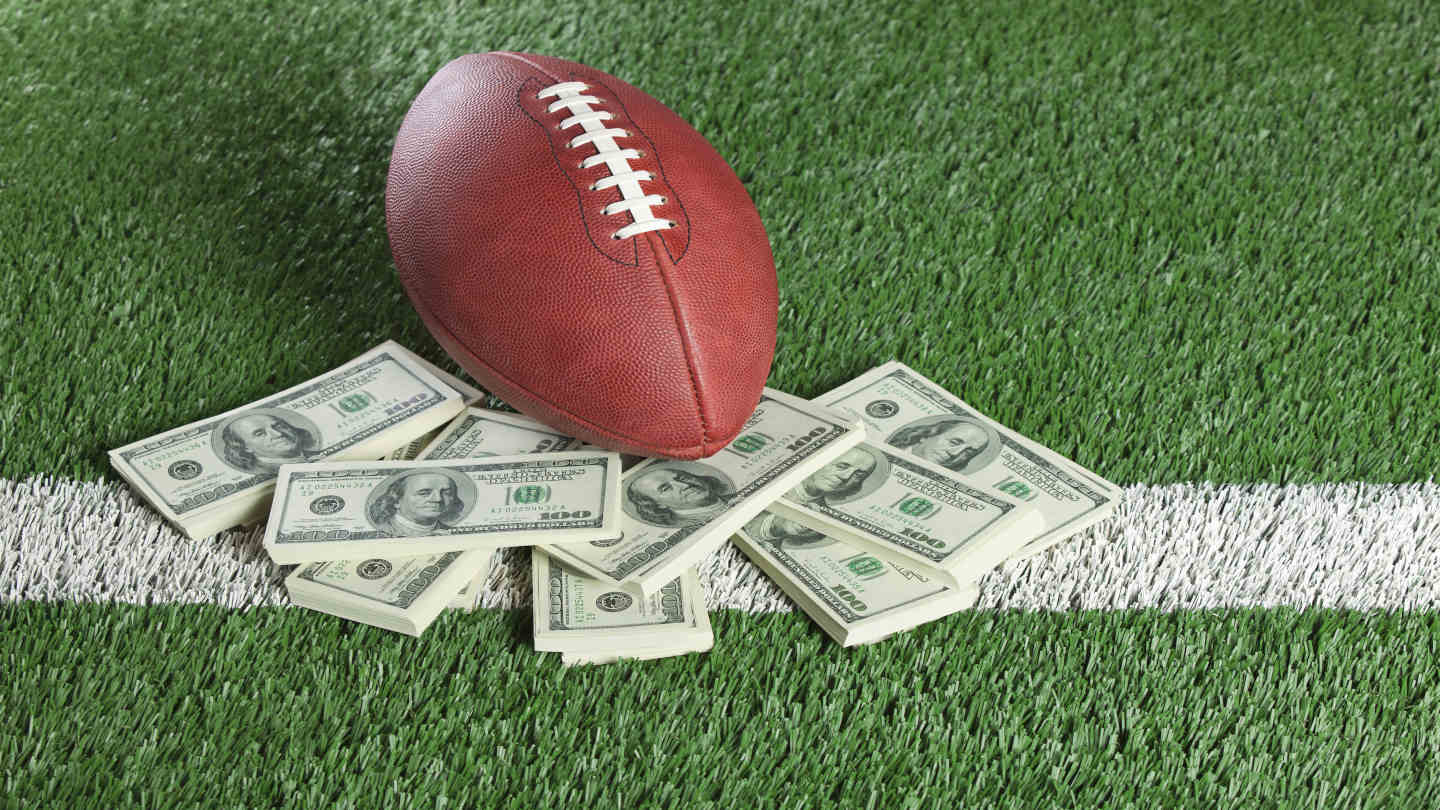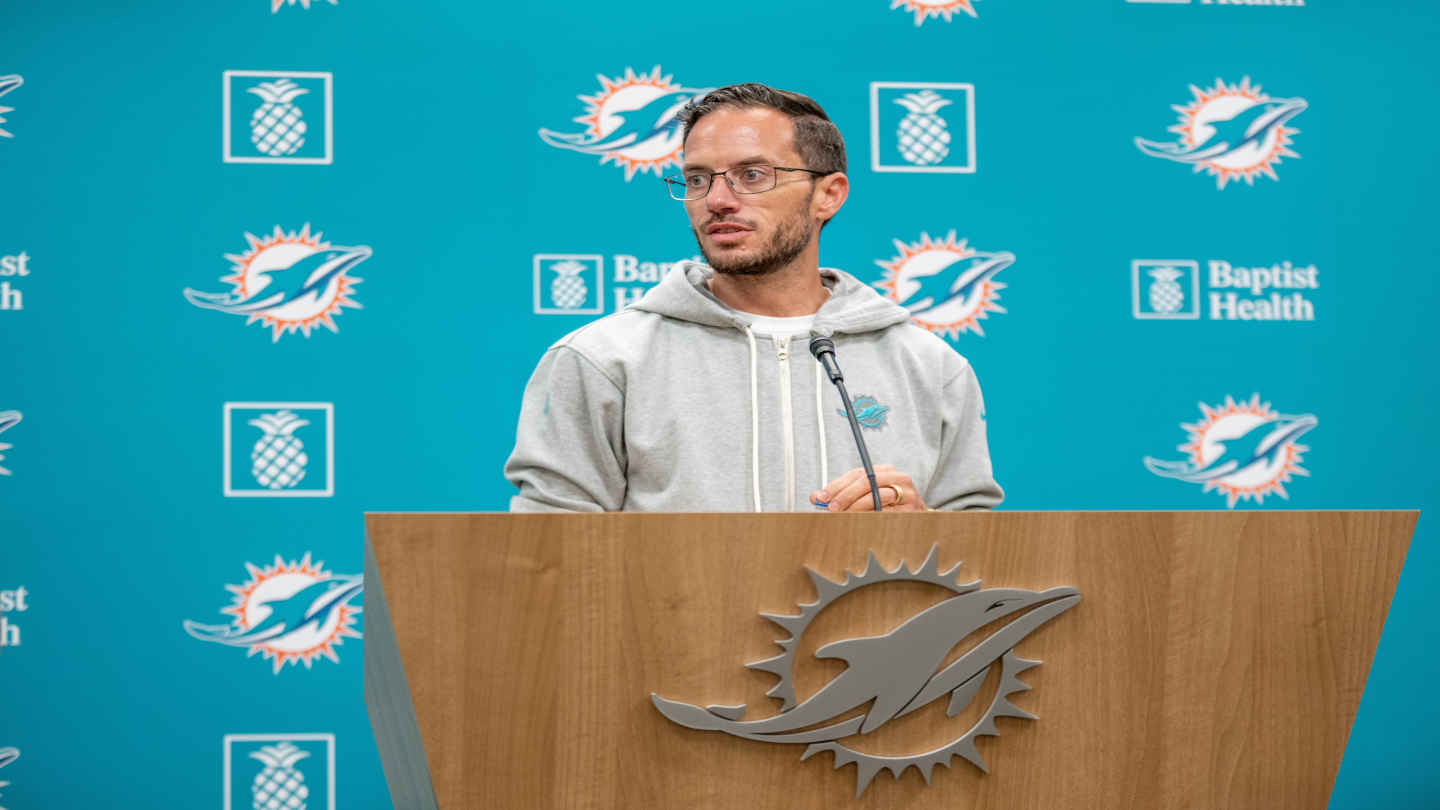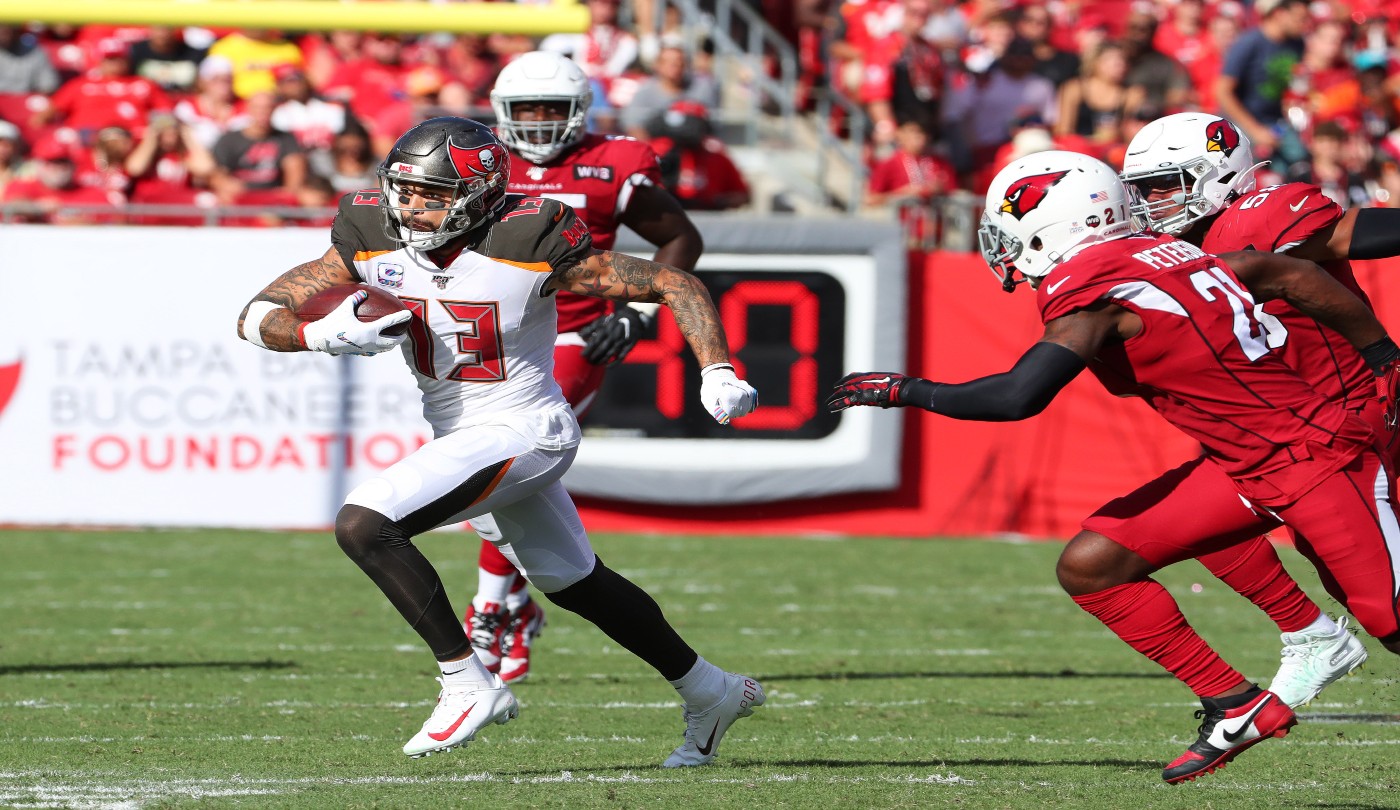NFL Salary Cap Explained – How Does It Work?

8 minutes
Last Updated: May 24, 2024
When explained, the NFL salary cap is not complex. Money makes the world go around and that’s especially true in professional sports. Those who had the luxury to play some of the longest NFL careers can surely attest to that.
But how does this happen? How can the NFL level the playing field, so the biggest teams don’t hoard the best players? Well, that’s what the NFL salary cap is used for and in this article, we’ll be going over its function, rules, and specifics.
NFL Salary Cap Explained: How Does NFL Salary Cap Work?
The NFL salary cap serves as a restriction on how much NFL teams can spend on player salaries for a single season. It’s a result of a pivotal agreement made between the league and its players, known as the CBA (Collective Bargaining Agreement).
This happens when the NFL and the owners of its clubs have a discussion with representatives from the NFLPA (NFL Players Association) in order to impose a strict limit on the amount teams can spend.
Each NFL team gets an equal part of the TV rights deal that networks pay to the NFL to broadcast their product. Other avenues of income such as media revenue, NFL ventures/playoff revenue, and local revenue are also included until a final number is revealed.
According to the last CBA agreed upon between the owners and the players, 48% of these funds will be allocated to player contracts, covering base salary and various bonuses like roster, workout, operation, and signing bonuses.
Unlike some other professional sports leagues, such as the NBA, the NFL adopts a hard cap policy. This means that there’s no room for teams to exceed the cap under any circumstances, unlike the NBA luxury tax and TPEs. As of the 2024 season, the cap is set to be 5-7% higher than the $224.8 million available under the 2023 NFL salary cap.
This final number is then divided into two components: player benefits and player salaries. The player salaries component is the vocal point when discussing the salary cap. In 2020, for example, the overall player cost was $242.9 million, while the salary cap was $198.2 million. The disparity, $44.7 million, represented the player benefits amount, encompassing various benefits beyond players’ wages, such as a pension plan, health insurance, disability insurance, and tuition assistance.
How Is NFL Salary Cap Calculated?
In recent years, the NFL salary cap has experienced an annual increase of approximately 5-8%. However, an exception occurred in 2021 when the cap decreased due to the league’s revenue loss amid the COVID-19 pandemic.
- Team Salary cap is calculated as: (Base Salary Cap) + (Carryover) +/- (Adjustments)
- Cap space is calculated as: (Team Salary Cap) – (Active Cap Spending) – (Dead Money)
- Base Salary Cap = $208.2M
- Carryover- This is how much salary cap the team is carrying over from the previous year. Teams must notify the league a couple of weeks before the start of the season in March, how much of this unused money it wants to use. This is a new rule that was added to the CBA in 2011.
How the NFL Salary Cap is Split
The Salary Cap is broken down into four main sections: Cap Space, Effective Cap Space, Active Cap Spending, and Dead Money. All of those will be explained here shortly. Those four categories are always updated when trades, releases, and signings occur. The categories will also play a huge role when it comes to owners and general managers wanting the best names that are on free agency.
Active Cap Spending
This is how much money the team is already spending for their players for the year in contacts, signing bonuses, and other incentives. Signing bonuses are guaranteed money that is given to a player regardless of whether or not the player stays with the team.
Once the ink is dry, that money will be his. We already discussed this when talking about the highest-paid NFL player ever. That number will certainly count against the team’s cap, but while the player gets his signing bonus upfront, the team can restructure the salary hit over a few years or just take it on the chin in year 1.
When a player receives a signing bonus through an extension, the cap is affected every year his contract runs through, not just the extension. If there was a signing bonus from the first contract that was still supposed to be a cap hit, it will also be redistributed over the remaining years.
As for incentives, there are two types of incentives:
- Likely incentives: These are performance-based thresholds that are added to a player’s contract based on his previous production. This can be based on games, personal statistics and much more. These incentives are calculated as a cap hit.
- Unlikely incentives: These are not counted against the cap, because they are projection-based. They are paid out in case the player makes a big leap and wins an award or is named to the All-Pro or Pro Bowl teams.
Dead Money
Dead money in NFL terms refers to the fully guaranteed money on a player’s contract that remains after their release or trade. If a player is cut, the team is obligated to pay the full outstanding amount.
Of course, this impacts the team’s cap space significantly. This system was put in place to provide financial protection for players. It also decentivizes teams looking to cut players, since they will lose the production but the players will still be on the books.
The full remaining amount is accelerated into the team’s cap for the next season in which the player is let go or traded, thereby reducing the team’s available cap space.
Teams, however, have a mechanism to mitigate the immediate impact by spreading the dead cap hit over two seasons. If a player is released or traded after June 1st, the dead cap hit can be distributed across the current and subsequent seasons.
Teams can use a “June 1st designation” on just two players each offseason, allowing them to cut a player before that date while still enjoying the associated cap benefits.
Effective Cap Space
This is how much money the team really has to spend. It’s calculated by taking the Team Salary Cap and subtracting the Active Cap Spending. Then the Dead Money is subtracted from that total, which then would give you the Cap Space of a team. This is the money which is used to sign free agents and rookie contracts.
NFL Salary Cap Minimum Maximum Spending
NFL teams must use at least 89% of the salary cap they have available to them over a 4 year span. This is where the previously mentioned Carryover comes into play, as teams can transfer salary cap space from one season to another.
Teams have until 4 p.m. ET on March 15 to give notice to the NFL. This is when the new season starts, so the salary floor must be calculated as well. The league as a whole must spend at least 95% of the cap.
If this criteria is not met, NFL teams are subjected to fines issued by the league. To make sure everyone follows the rules, the NFL also limits how much can a team spend. Teams that make salary cap violations are fined $5 million for each violation.
In rare cases, draft compensation can be taken away and contracts can be voided. So it’s really important teams are careful with “Rule 51”. This basically means that prior to the official start of the season, only the 51 most expensive contracts count towards the salary cap.
NFL teams are known to field up to 90-man roster during offseason scrimmages and training camp. But once the season starts, the 53-man roster needs to be finalized. This includes players on the Injured Reserve (IR), Physically Unable to Perform (PUP), or on the Practice Squad (PS).
NFL Salary Cap Start
The first NFL salary cap was instituted in 1994, while the first NFL free agency took place the year prior, in 1993. During the prior decades, teams outright owned players once the contract was signed.
Players had little to no control over their future, let alone changing clubs. That’s why the NFLPA sued the NFL in 1989. That’s when the “Plan B” free agency system was instituted. Teams could retain just 37 players on their roster, while everyone else became free agents.
This worked for a few years before the salary cap was implemented, with the first NFL salary cap being just a measly $34.6 million. These days, the NFL gives its teams the salary cap projections prior to NYE and before the NFL playoffs start. The official number of the NFL salary cap is usually announced by early March.
NFL Salary Cap Free Agents
There are 4 types of players entering free agency, joined by the incoming rookie class, who is yet to sign their deals. Teams own the rights to the rookies they drafted, so if a deal is not made, other teams can’t sign those rookies unless they trade for them, or their parent team releases them.
- Unrestricted Free Agents (UFAs) – These players have no obligation towards any team. Their contracts have either expired or they have become Free Agents by virtue of being released by their team. They might count against their team’s Salary Cap, but they have full control over their future.
- Restricted Free Agents (RFAs) – These players have played for less than 4 years. Despite not coming to an agreement, teams can retain their RFA. Upon entering restricted free agency they will receive a RFA contract tender from their native team that will count towards their salary cap.
If another team tries to sign the restricted free agent, their team can match the offer sheet and retain their player. Teams can also attach draft compensation to their tenders in the form of first and second-round picks. This helps teams preserve their talent, by either receiving draft compensation or matching the offer.
- Franchise or Transition Tag – any player who receives the Franchise or Transition Tag (other than the Exclusive Franchise Tag) is still technically a Free Agent, but is restricted by the Tag. A player under the Tag does count against the Salary Cap, at the amount of the Franchise or Transition Tag tender amount.
- Rookie- draft picks are assigned a tender equal to the rookie minimum salary for that year. For 2022 that amount is $705K. That tender amount is replaced by the player’s actual Salary Cap number once the draft pick signs his rookie contract.













